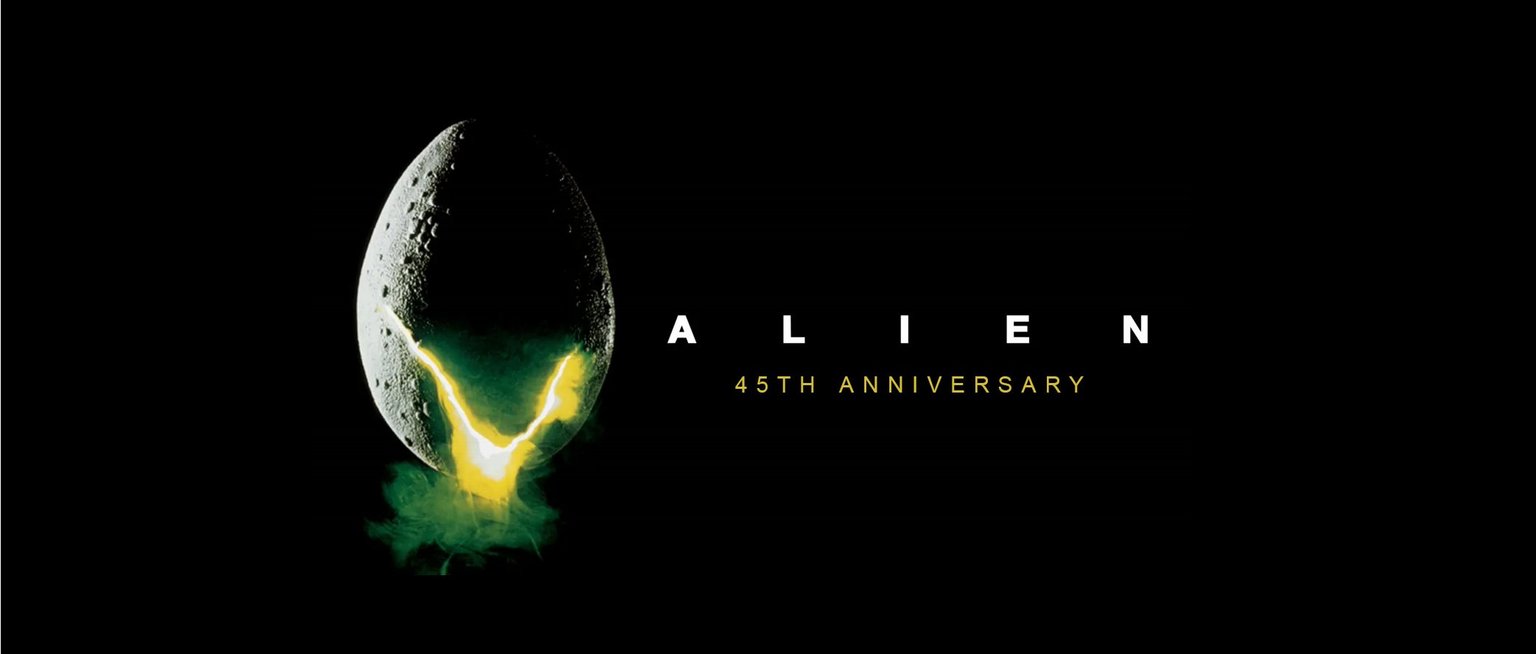The Journey of Jesse Sandy: From Prisoner to Brain Injury Survivor to Believer
Jesse Sandy wasn’t having a good night. He and his girlfriend were fighting and he thought that going to a bar would ease some tension. She didn’t want to join him, but his sister did. He picked her up on his Harley and headed out to McFadden’s at Westgate in Glendale for a drink.
After a beer and a shot of Jack, Jesse was ready to head back home, so they both jumped on his bike and headed back. At some point, his hat flew off his head and they headed back to retrieve it. However, before turning into the correct lane at the light, he veered into the medium too soon. He tried to pull out, but he had clipped the curb and both riders were sent soaring.
Jesse is grateful for every day with his chihuahua, Little. “We play a lot, plus I do word searches to keep my mind as sharp as possible,” he says. “My life story isn’t a great one, but now I want to give back. I want to help others with brain injury by being a caregiver.”
The Journey of Jesse Sandy: From Prisoner to Brain Injury Survivor to Believer
Jesse Sandy wasn’t having a good night. He and his girlfriend were fighting and he thought that going to a bar would ease some tension. She didn’t want to join him, but his sister did. He picked her up on his Harley and headed out to McFadden’s at Westgate in Glendale for a drink.
After a beer and a shot of Jack, Jesse was ready to head back home, so they both jumped on his bike and headed back. At some point, his hat flew off his head and they headed back to retrieve it. However, before turning into the correct lane at the light, he veered into the medium too soon. He tried to pull out, but he had clipped the curb and both riders were sent soaring.
Jesse is grateful for every day with his chihuahua, Little. “We play a lot, plus I do word searches to keep my mind as sharp as possible,” he says. “My life story isn’t a great one, but now I want to give back. I want to help others with brain injury by being a caregiver.”
They were only going 25 MPH, but that was enough. His sister walked away with a few scrapes on her hands and knees, but Jesse wasn’t so lucky; he was pinned, in a coma, beneath his mangled Harley.
In that brief moment, he busted his head – his skull was broken between his eyes, as were his eye sockets. The left side of his face along the cheekbone and his teeth was cracked.
An off-duty police officer saved Jesse’s life by performing CPR. When he regained consciousness two months later, he had no memory of the accident and was unable to get up. He was later told that he tried to get out of bed several times during his coma, only to fall down and be rushed to the ICU.
Staff members also related how he was able to react with hand signals when most thought he couldn’t communicate at all. “A technician said I look disgruntled and told me if I didn’t want him here, just flash him the peace sign,” Jesse shares. “Apparently, that’s exactly what I did, much to the doctor’s disbelief. And I did it several times. They were just blown away.”
His original diagnosis was a diffuse axonal injury – a type of TBI where the brain accelerates and decelerates quickly within the skull, causing shearing that results in a disconnect between the axons that help transmit messages between neurons. Consequently, his body could talk to his brain solely through his spinal cord. As a result, he couldn’t feel pain anywhere in his body. Because his left temple had been crushed, his odds of surviving were almost zero.
The injury was particularly devastating to Jesse, as only 14 months before the accident, he had been released from serving seven years of an eight-year sentence in the state prison. He was incarcerated for using and selling drugs, or as he says, “for stupidity,” but was trying to turn his life around.
In fact, on the fateful day of his accident in March 2021, he had just returned from his job across town when he decided to head to the bar. He had no idea his biggest struggles were right around the corner.
When Jesse finally awakened from his coma, he had difficulty coming to terms with the reality of his new life. “I had tubes to breathe and couldn’t move. I had lost 60 pounds, but still didn’t believe what the doctors said had happened to me,” he admits. “Eventually, I came to realize that they were telling me the truth and that I had to be patient about everything.”
Over the course of the next nine months, he has fought to gain as much independence as possible, but there have been limitations, as he can’t see well out of one eye and can only walk for a short period of time. He now splits time between his brother’s home in Phoenix and his parents’ place in Mayer (near Prescott).
Another casualty of Jesse’s accident was his relationship with his girlfriend. “She helped me a lot, but I broke up with her because I felt I was too much of a burden,” he admits.
However, Jesse’s accident also changed his life in unexpected positive ways as well. “Before this happened, I was very self-centered, only caring about myself. Thanks to working with a therapist, my emotions are much more under control. I like to think I’m more compassionate and attentive to other people.”
Brittany Sweeney-Lawson, Certified Brain Injury Specialist and Program Manager with the Brain Injury Alliance of Arizona, is in awe of Jesse’s journey. “To be released from prison, only to then survive a serious accident and sustain a severe brain injury, is difficult to fathom,” she says. “Jesse’s progress so far is a real testament to the power of determination and neuroplasticity.”
While she applauds Jesse’s progress, Brittany recognizes that his recovery may face additional obstacles to overcome. “There is still a lot of stigma surrounding those who were formerly incarcerated,” she acknowledges. “Adding a brain injury into the mix is a recipe for self-isolating, even though this is the time when a person needs community and support the most.”
However, survivors like Jesse reaching out to an organization such as the Brain Injury Alliance is a great way to become involved with the brain injury community, regardless of incarceration history.
Today, Jesse is grateful for every day with his chihuahua, Little. “We play a lot, plus I do word searches to keep my mind as sharp as possible,” he says. “My life story isn’t a great one, but now I want to give back. I want to help others with brain injury by being a caregiver.”
Jesse credits his maker with the fact that he’s made it as far as he has. “God is real; he must have had a hand in this,” Jesse believes. “Every doctor said I’d be in a coma for 6-12 months, but somehow here I am. He showed me He was listening.”
ABOUT BRAIN INJURY ALLIANCE OF ARIZONA
The Brain Injury Alliance of Arizona (BIAAZ) is the only statewide nonprofit organization dedicated to improving the lives of adults and children with all types of brain injuries through prevention, advocacy, awareness and education. BIAAZ also houses the Arizona Brain Health Resource Center, a collection of educational information and neuro-specific resources for brain injury survivors, caregivers, family members and professionals.
What began in 1983 as a grassroots effort has grown into a strong statewide presence, providing valuable life-long resources and community support for individuals with all types of brain trauma at no charge.
The Brain Injury Alliance of Arizona:
- Works with Congressional Brain Injury Task Force
- Houses Arizona Brain Health Resource Center
- Hosts Statewide Opioid Use Disorder & Cognitive Impairment Workgroup
- Has Statewide Opioid Use Disorder & Cognitive Impairment Response team with peer support, training, and family wraparound services
- Facilitates Brain Health Advisory Council
- Manages statewide Neuro Info-Line: 888-500-9165







